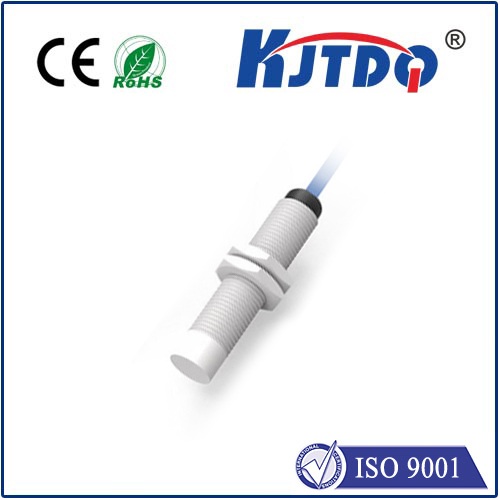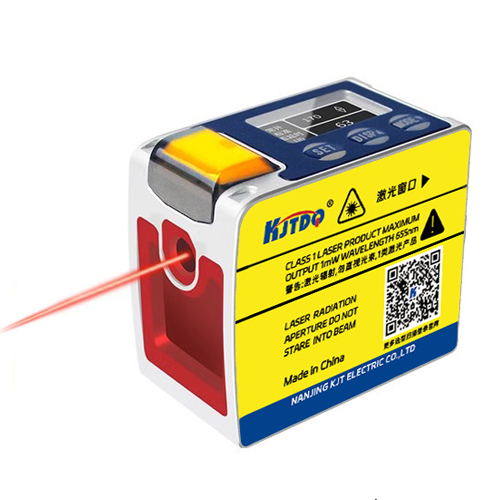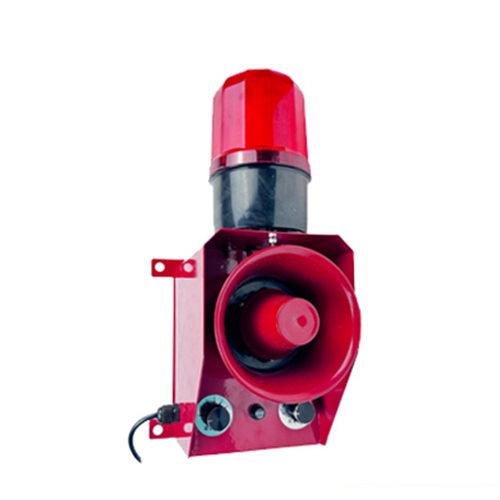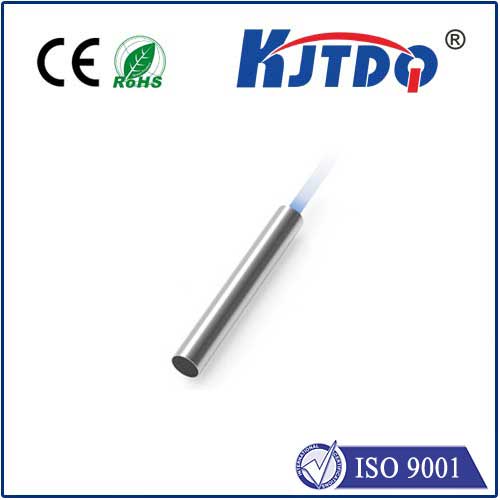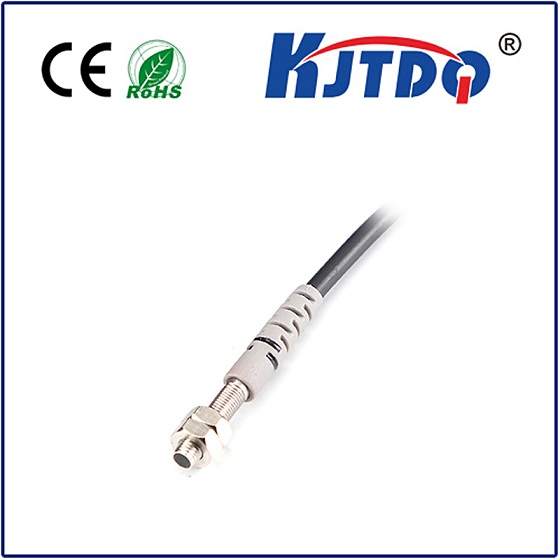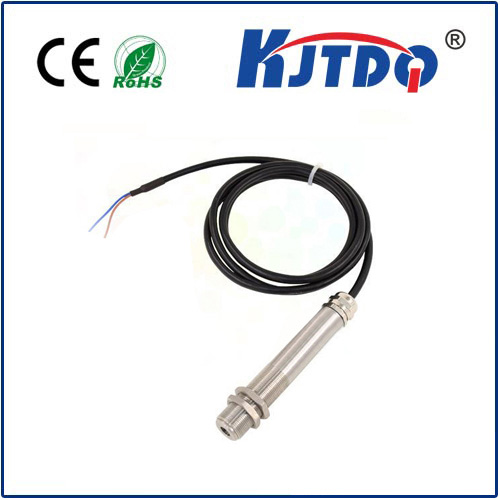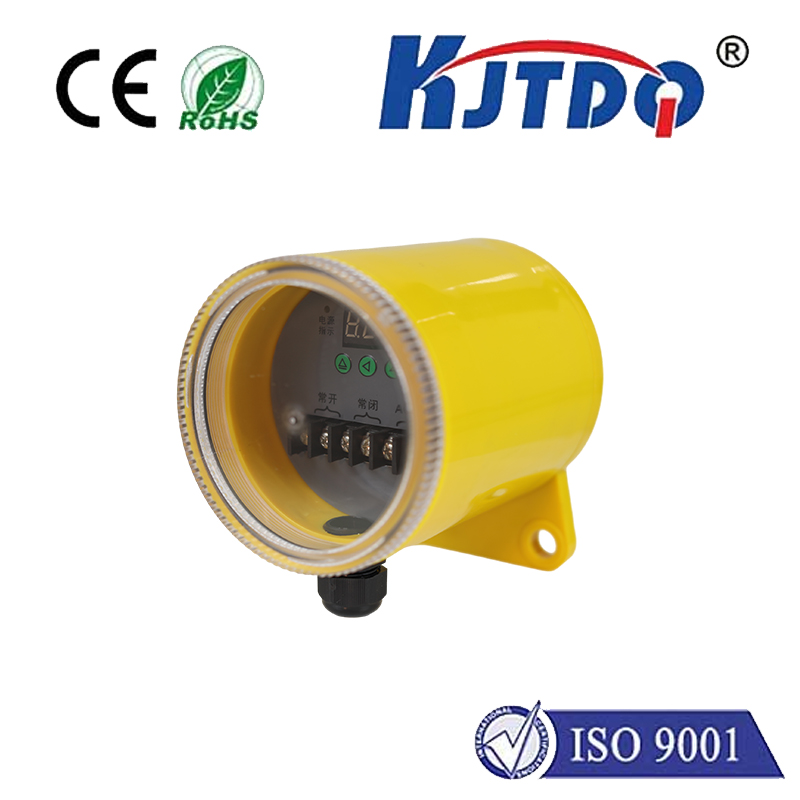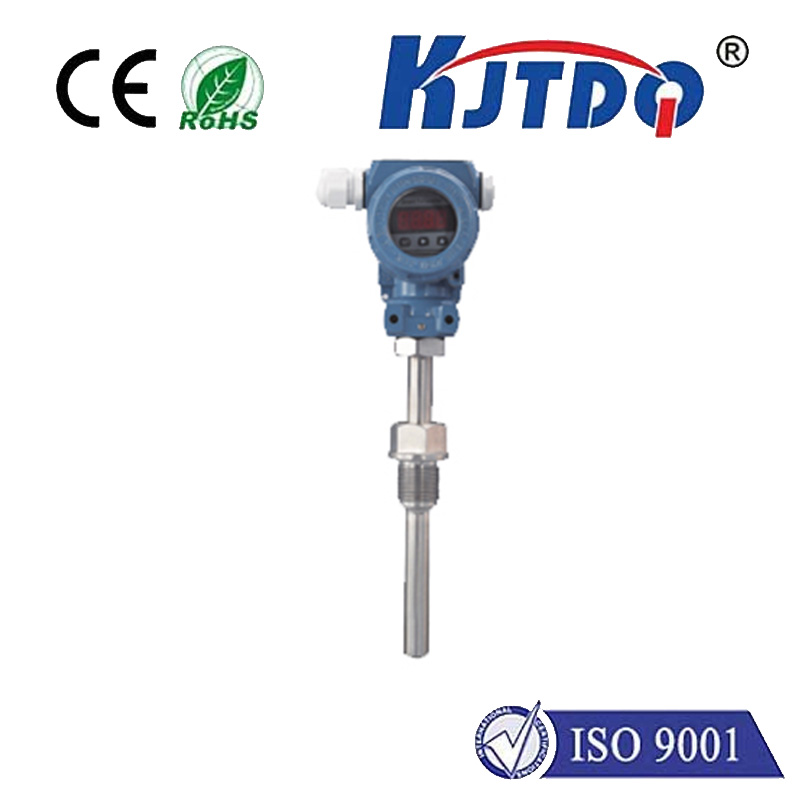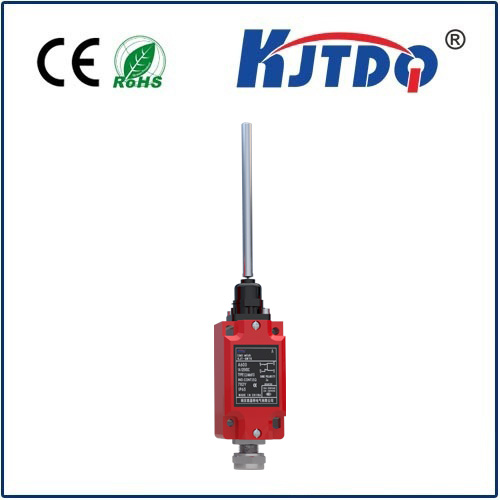infrared proximity
- time:2025-06-20 02:11:13
- Click:0
Infrared Proximity: The Invisible Tech Powering Touchless Interactions
Have you ever marveled at how an automatic sink starts flowing the instant your hands move beneath it? Or wondered how your smartphone screen intelligently dims during a call to prevent accidental cheek presses? Behind these seemingly mundane conveniences lies a fascinating piece of technology: infrared proximity sensing. This invisible interaction is rapidly becoming ubiquitous, transforming how we interface with devices and enhancing safety and efficiency across countless applications. Understanding the mechanics and potential of infrared proximity technology reveals a world where light, unseen by human eyes, creates smarter, more intuitive environments.
Seeing the Unseen: The Infrared Spectrum
The key to infrared proximity sensing lies outside our visual perception. The electromagnetic spectrum encompasses much more than visible light. Infrared (IR) radiation occupies wavelengths just longer than visible red light, typically ranging from around 700 nanometers to 1 millimeter. While our eyes can’t detect it, specialized electronic components can. IR proximity sensors leverage this specific portion of the spectrum to detect the presence, absence, or distance of nearby objects without any physical contact. This makes them ideal for scenarios demanding hygiene, durability, or where touch is impractical or undesired.
Core Mechanics: Emitter, Detector, and Reflection
An infrared proximity sensor fundamentally consists of two main components working in tandem:

- The IR Emitter (LED): This component acts like a tiny, invisible flashlight. It emits a beam of infrared light, usually pulsed at a specific frequency for better noise immunity. The emitter is specifically tuned to produce light in the near-infrared range.
- The IR Detector (Photodiode or Phototransistor): This sensitive component sits alongside the emitter, waiting to “see.” Its job is to detect IR radiation falling upon it. Crucially, it’s often tuned to respond primarily to the same frequency pulsed by the paired emitter, improving discrimination against ambient IR light sources (like sunlight or incandescent bulbs).
The principle of operation is elegantly simple:
- The IR emitter sends out its pulsed beam of infrared light.
- If an object is within the sensor’s detection range, this IR light reflects off the object’s surface.
- Some of this reflected IR light travels back towards the sensor.
- The IR detector senses this reflected light.
- The sensor’s internal circuitry analyzes the intensity of the detected reflected light.
Distance Detection: Strength as a Proxy
This is where “proximity” comes into play. The core principle is straightforward: the closer an object is to the sensor, the stronger the reflected IR signal will generally be. Conversely, objects farther away reflect less light back to the detector, resulting in a weaker signal. The sensor’s electronics are calibrated to interpret this signal strength:
- Simple Presence Detection: Many applications only need a binary “object present” or “object absent” signal. The sensor triggers an output signal when the reflected light exceeds a set threshold, indicating something is near.
- Relative Distance Estimation: More sophisticated IR proximity sensors can provide analog output or digital data indicating relative distance (e.g., near, medium, far) based on the specific intensity levels of the reflected light. While not typically as precise as dedicated distance meters like LiDAR for absolute measurements, it’s often perfectly sufficient for proximity-based triggering.
Why Choose Infrared Proximity Sensing?
Several inherent advantages make IR proximity sensors a preferred choice for many applications:
- Touchless Operation: The crown jewel benefit. No physical contact is needed, promoting hygiene (faucets, soap dispensers, door handles), preventing wear and tear (elevator buttons, industrial controls), and enabling interaction where touch is impossible (inside sealed devices).
- Low Power Consumption: Especially when using pulsed IR LEDs, these sensors consume very little power, making them ideal for battery-operated devices like smartphones, tablets, and wearables. This is critical for modern portable electronics.
- Compact Size: Modern IR proximity sensor modules are incredibly small, easily integrating into the bezels of smartphones, behind appliance panels, or within compact industrial machinery. Their miniaturization has been key to their widespread adoption.
- Cost-Effectiveness: They offer a reliable sensing solution at a relatively low cost compared to many other proximity detection technologies, striking an excellent balance between performance and affordability.
- Fast Response Time: Detection occurs nearly instantaneously upon an object entering the sensor’s field, enabling real-time interactions like screen blanking or automatic door opening.
- Robustness: As solid-state devices with no moving parts, they are highly resistant to vibration, shock, and mechanical failure, ensuring long operational life.
Unseen, Yet Everywhere: Real-World Applications
The impact of infrared proximity sensing is profound and touches numerous aspects of daily life and industry:
- Consumer Electronics: Ubiquitous in smartphones and tablets for screen blanking during calls, power saving, and gesture recognition. Found in laptops to detect user presence and sleep/wake functions. Powers touchless controls on smart home devices.
- Automation & Appliances: Activates automatic faucets, soap dispensers, hand dryers, and paper towel dispensers in public restrooms. Controls touchless flush systems. Opens automatic sliding doors at entrances of stores, malls, and airports. Embedded in some appliances for smart features.
- Robotics & Drones: Used for basic obstacle detection and avoidance, preventing collisions during navigation, especially in small drones and robotic vacuum cleaners.
- Automotive: Employed for cabin monitoring (occupancy detection, driver alertness), rain-sensing wipers (detecting water droplets on the windshield), and contributing to blind-spot monitoring systems (secondary role).
- Industrial Automation: Functions in object detection on conveyor lines (counting, sorting), detecting the presence of parts in machinery, preventing jams, and ensuring operator safety near moving parts through presence detection.
- Security Systems: Integrated into some motion detectors (PIR sensors work on IR heat, but proximity sensors can be used for near-field triggers) and as tamper detection behind panels or in enclosures.
Overcoming Limitations: A Balanced View
While highly versatile, IR proximity sensing does have considerations:
- Material Dependency: Objects that are highly absorbent or very dark may reflect minimal IR light, potentially reducing detection range or causing false negatives. Shiny or mirrored surfaces might reflect light unpredictably.
- Ambient IR Interference: Strong ambient infrared sources (sunlight, incandescent/halogen bulbs, heaters) can sometimes saturate the detector or cause false triggers, though modulation and optical filtering mitigate this significantly.
- Limited Range: Primarily designed for near-field detection, typically ranging from a few millimeters up to several centimeters, rarely exceeding half a meter effectively. For longer distances, other technologies like ultrasonic sensors or lasers are more appropriate.
- Precision Limits: While effective for proximity and relative distance, they generally do not provide the millimeter-level precision of some other sensing modalities for absolute distance measurement in demanding applications.
Infrared proximity sensing exemplifies how leveraging an invisible part of the spectrum creates tangible, user-friendly benefits. Its blend of simplicity, reliability, touchless operation, compactness, and cost-effectiveness ensures its continued dominance in enabling intuitive interactions across a staggering array of devices and environments. From the smartphone in your pocket to the automatic door you walk through, this unseen technology silently shapes our increasingly contactless world, proving that sometimes the most impactful interactions happen completely in the dark.






